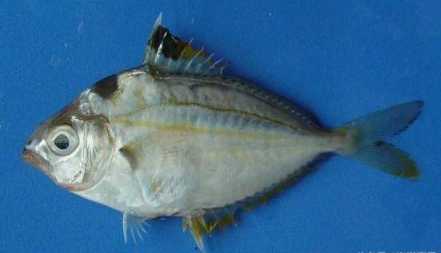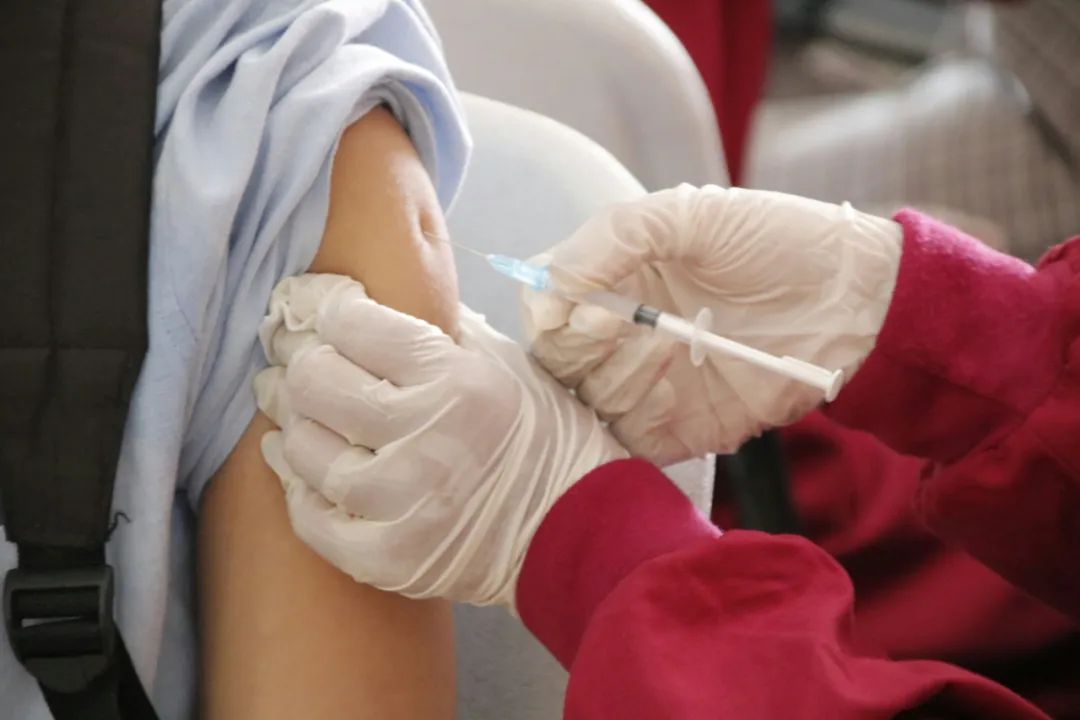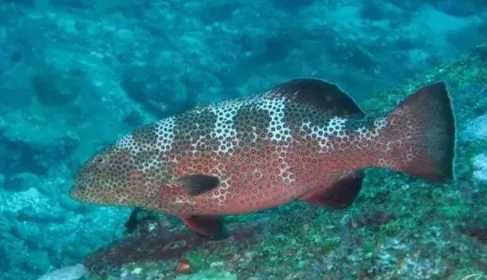Growing up to 12 centimeters in length, the collared ponyfish features a laterally compressed, oval-shaped body with a silvery-white base color. Its most defining trait is a prominent dark band or "collar" that encircles the nape, just behind the gills, contrasting sharply against its pale flanks. The body is covered in small, smooth scales, and the dorsal fin is divided into two sections: a spiny anterior part and a soft-rayed posterior part, with the latter extending into a delicate, trailing filament in mature individuals. Large, reflective eyes and a small, protrusible mouth adapted for bottom feeding allow it to sift through sand and mud in search of tiny invertebrates, such as copepods, amphipods, and small crustacean larvae.
Inhabiting sheltered bays, lagoons, and the lower reaches of estuaries, Equulites rivulatus thrives in shallow waters less than 20 meters deep, often near mangrove forests or seagrass beds. It forms dense schools that move in synchronized patterns, using its keen senses to detect prey and avoid predators like larger fish and cephalopods. During the day, the school may gather near the surface or over sandy substrates, while at night it disperses to forage more actively. Breeding occurs in the warmer months, with females releasing pelagic eggs into the water column, which are fertilized externally and carried by currents until hatching. Juveniles seek refuge in the protective roots of mangroves, where they feed on plankton and small benthic organisms.
While not a primary target for commercial fisheries due to its small size, the collared ponyfish plays a crucial role in coastal food webs as a prey species for larger predators, including groupers, barracudas, and marine birds. It also contributes to nutrient cycling by consuming microfauna and redistributing energy within shallow ecosystems. However, it faces threats from habitat degradation, including mangrove deforestation, coastal pollution, and sedimentation from urban development, which disrupts its feeding and breeding grounds. Conservation efforts focused on preserving and restoring estuarine habitats, along with promoting sustainable land use practices, are essential to maintaining the health of Equulites rivulatus and the fragile ecosystems it inhabits. As a subtle yet vital member of tropical coastal communities, this species highlights the interconnectedness of all marine life and the need for proactive conservation measures.










